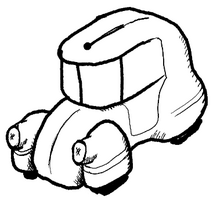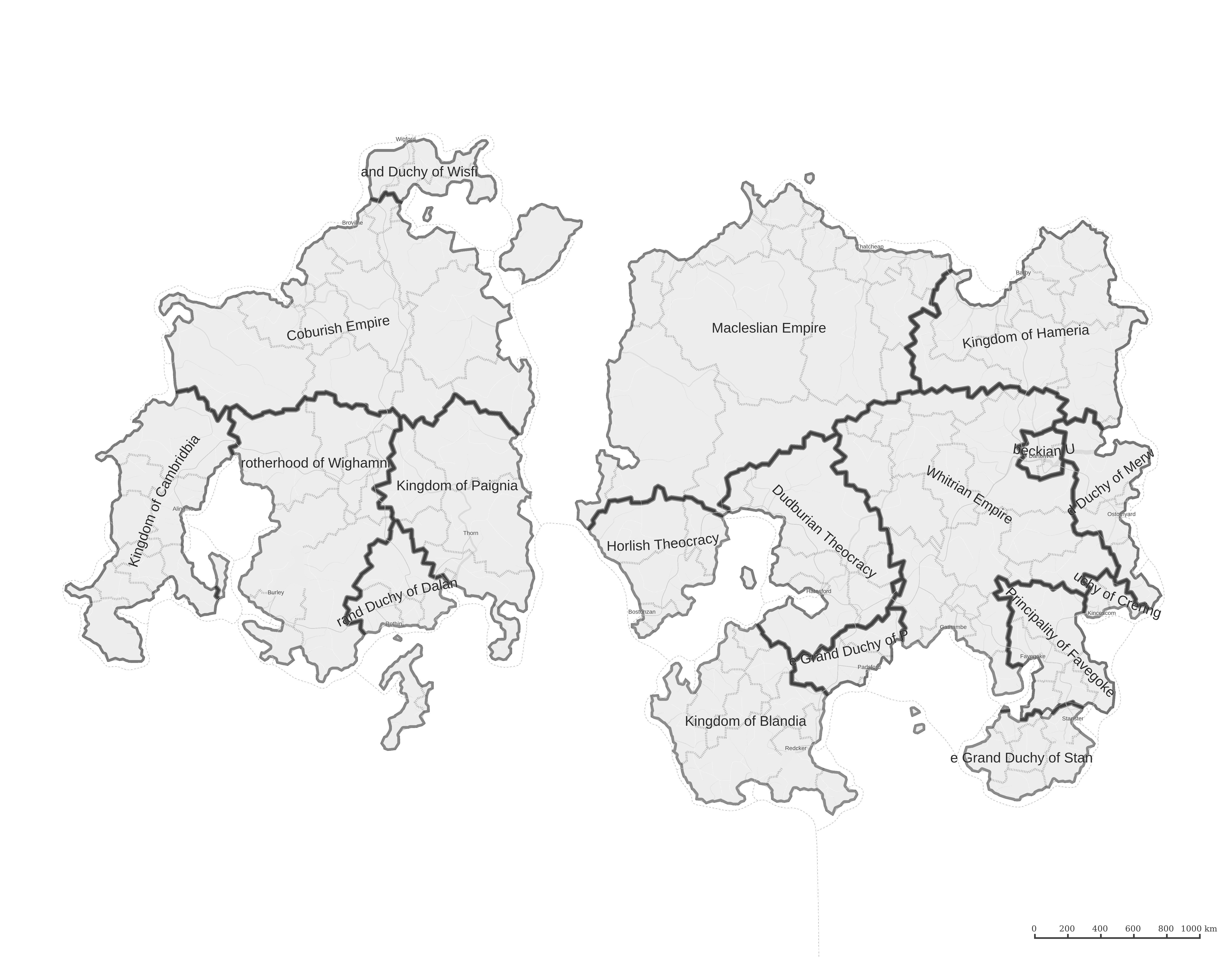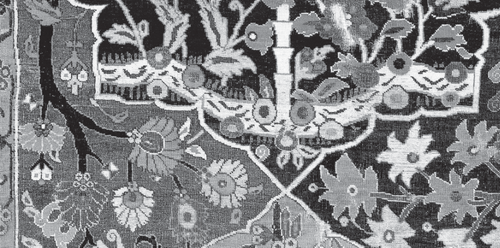Property 6 — Good Shape
Good Shape is introduced in
Centres can become overextended or lose their simplicity due to pressures from outside or in. The spaces between the circles were an example of external pressure. Internal factors include when a design does not emerge from a simple process. Usually this property is not directly introduced by transformation, but instead it acts as a guard against a transformation which would bring about its absence.
This property is hard to comprehend, but my present interpretation of it is a wholesome and self-contained shape that is easy to consume. It is a way of saying that any element should be simple. Any complexity should present itself as a combination of things at a different scale, not as a convoluted shape or structure of a single piece. A form should be unified, consistent, and of one idea.
 The shape of a sci-fi car is self-inconsistent and complex.
The shape of a sci-fi car is self-inconsistent and complex.
For example, the absurd-looking forms of sci-fi vehicles are not good shapes. Where the shape is not formed in response to the requirements of smaller pieces but instead whole cloth from the designer’s imagination, they are often inconsistent and complex. No construction takes place, so no lower-level order constrains the form.
Hand-drawn fantasy maps also have bad shape. They are generally unrealistic, as they have a forced shape from the author’s requirements. Their design doesn’t come from the natural laws of geography, so we can immediately tell they are fake through our instincts. Even the best random generators are detectable because the world has not been alive and there is no history to the location of the elements.
 Fantasy maps give themselves away.
Fantasy maps give themselves away.
(generated at https://azgaar.github.io/Fantasy-Map-Generator/)
Christopher Alexander offers this list of qualities to help detect a good shape without having a feel for it:
- High degree of internal symmetries.
- Bilateral symmetry (almost always).
- A well-marked center (not necessarily at the geometric middle).
- The spaces it creates next to it are also positive (positive space).
- It is very strongly distinct from what surrounds it.
- It is relatively compact (i.e., not very different in overall outline from something between 1:1 and 1:2 — exceptions may go as high as 1:4, but almost never higher).
- It has closure, a feeling of being closed and complete.
— Christopher Alexander,
The Nature of Order, Book 1 [NoO1-01], p. 183.
An example he points out is that of a circle1. It would seem to be a good shape, but it fails in so many cases. Not because it’s a weak form in itself but because it creates unhealthy negative spaces around it, breaching point 4.
Good shape often goes unnoticed because the forms are not tense or distracting. We are more tuned to detect that which is uncomfortable, asymmetric, or poorly placed in its environment. Still, we have good forms with good shape around us much of the time.
Christopher Alexander found many examples of the properties in Turkish rugs. Good shape shows up as the elements but also in the shape of the groupings of them. Leaf motifs, frames, details, and branches all have good shape. But even in a good example, not all centres can maintain good shape without great care and attention. For example, look at the negative space around the detailed sections.
— Christopher Alexander, The Center for Environmental Structure,
The Nature of Order, Book 1 [NoO1-01], p. 182.Many good shapes are interwoven in this rug
In all, good shape describes a quality of things that have unfolded well and have not made things worse for their neighbours. It might only occasionally be an ‘unfoldable’ property of its own, but it is a property that repeats in good things.
So, rather than use it as an unfolding to resolve a tension, use it as a guide. Detect newly arriving tension or detect when a centre needs to be split into levels of scale, a centre and boundary, or some other compound.
[NoO1-01] page 183
